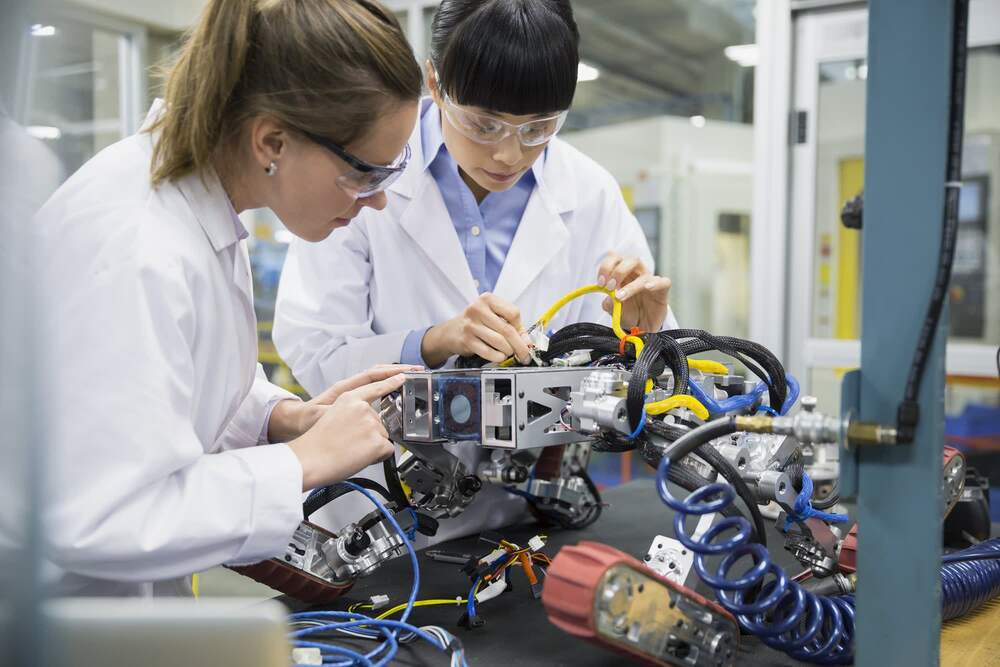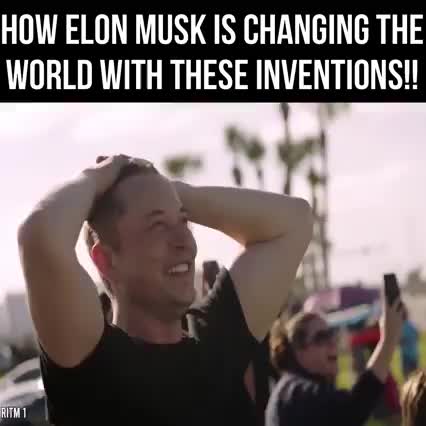This list marks 20 years since we began compiling an annual selection of the year’s most important technologies. Some, such as mRNA vaccines, are already changing our lives, while others are still a few years off. Below, you’ll find a brief description along with a link to a feature article that probes each technology in detail. We hope you’ll enjoy and explore—taken together, we believe this list represents a glimpse into our collective future.







